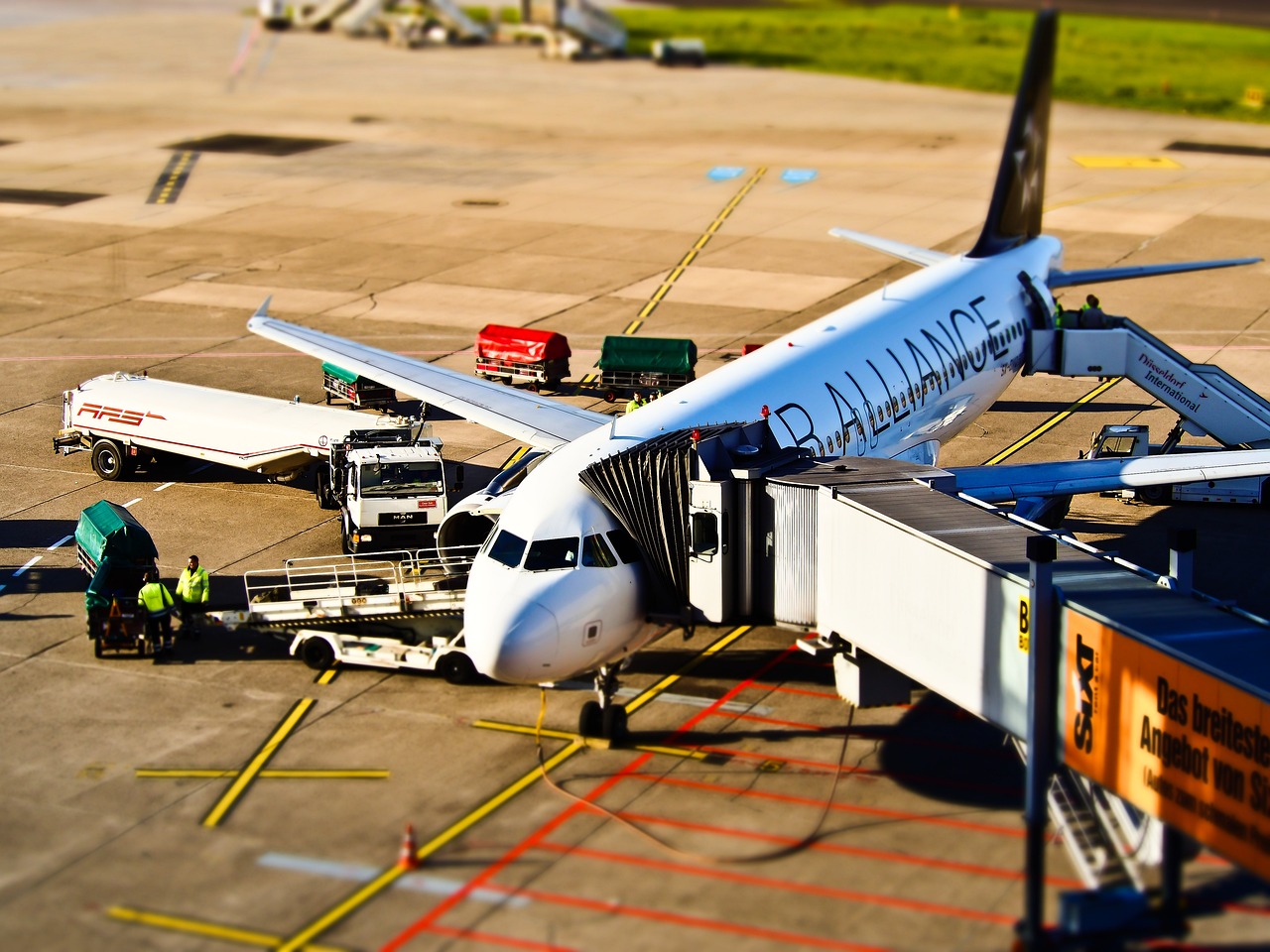
Understanding the Iran e-Visa
What is an Iran e-Visa?
An Iran e-Visa is an electronic travel authorization that allows visitors to apply for and receive their visa online before traveling to Iran. This process simplifies the traditional visa application, making it more convenient and accessible for travelers. The e-Visa is linked electronically to your passport and is checked by immigration officers upon arrival. This digital approach eliminates the need for a physical visa sticker, making the entry process faster and more efficient. Moreover, the e-Visa is available for various types of stays, including tourism, business, and family visits.
Who Needs an Iran e-Visa?
Most travelers visiting Iran will need an e-Visa. This requirement applies to citizens of many countries worldwide, making it essential to check if your nationality necessitates one. Before traveling, ensure that you have obtained this electronic authorization. The application can be completed online, reducing the hassle of visiting an embassy. However, certain nationalities, such as U.S., U.K., and Canadian citizens, have specific procedures and requirements that they must follow to obtain their visas.
Exemptions and Special Cases
While many travelers need an e-Visa to enter Iran, there are exemptions and special cases. For instance, citizens of Bosnia-Herzegovina, the Former Yugoslav Republic of Macedonia, Saudi Arabia, Singapore, Slovenia, and Turkey do not require a visa to enter Iran and can stay for up to three months without one. Additionally, travelers from these countries can enjoy extended stays without the hassle of applying for a visa. However, all nationalities except Israelis are welcome to visit Iran, and those from the exempt countries should still check for any updates to visa policies before traveling.

Countries Requiring an Iran Visa
List of Countries That Need a Visa
Most nationalities will need a visa to travel to Iran. This includes travelers from countries such as the United States, United Kingdom, Canada, and many others. Before planning your trip, it’s important to verify if your country is on the list. The Iranian government provides an extensive list of countries whose citizens must obtain a visa prior to arrival. Checking this list is crucial to ensure compliance with Iran’s entry requirements.
Special Requirements for U.S., U.K., and Canadian Citizens
Citizens of the United States, United Kingdom, and Canada face unique requirements when applying for an Iranian visa. These travelers must follow a two-step process, which includes submitting an application for an authorization code and applying for the visa itself. Additionally, they are required to join pre-booked, guided tours, as independent travel is not permitted. This ensures that their travel plans are closely monitored by the Iranian authorities, making the visa process more stringent compared to other nationalities.

Visa-Free Countries
Countries That Do Not Require a Visa
Certain countries enjoy visa-free access to Iran, allowing their citizens to enter without needing to apply for a visa. These include Bosnia-Herzegovina, the Former Yugoslav Republic of Macedonia, Saudi Arabia, Singapore, Slovenia, and Turkey. Citizens from these countries can travel to Iran without the need for a visa, simplifying the travel process significantly. This exemption facilitates easier and more spontaneous travel for tourists and business visitors from these nations.
Duration of Stay for Visa-Free Countries
For those travelers from visa-free countries, the maximum duration of stay in Iran is generally up to three months. This period allows ample time for tourism, business, or visiting family and friends. It’s important to remember that overstaying the allowed duration can lead to penalties, so travelers should plan accordingly. Always check the latest guidelines and updates from the Iranian government before your trip to ensure compliance with the visa-free stay regulations.

Types of Iran Visas
Tourist Visa
The Tourist Visa is the most common type of visa issued for travelers visiting Iran for leisure and sightseeing. This visa allows a stay of up to 30 days, which can be extended if necessary. Tourist visas require a valid passport, a confirmed return ticket, and a recent photo. The application process can be completed online, making it convenient for travelers to obtain their visas before departure.
Entry Visa
An Entry Visa is typically issued for those invited by Iranian organizations or individuals. This visa is suitable for business travelers, family visits, or participation in official events. An invitation letter from the host is usually required to apply for this type of visa. The process can take some time, so it’s advisable to start the application well in advance of your planned travel date.
Press Visa
Journalists and media personnel traveling to Iran for work purposes need a Press Visa. This visa requires approval from the dedicated Press Section of the Iranian embassy. The application process for a Press Visa is stringent and can take a minimum of one month. Applicants must provide detailed information about their assignments and the nature of their visit to Iran.
Transit Visa
A Transit Visa is for travelers passing through Iran en route to another destination. This visa is valid for short stays, typically a few days, allowing travelers to transit through Iran without lengthy stays. Travelers must have confirmed onward travel tickets to apply for this visa, ensuring that their transit plans are clear and documented.
Work Permit Visa
Individuals seeking employment in Iran need a Work Permit Visa. This visa is issued upon the request of the employing company or organization in Iran. An invitation letter and proof of employment are essential for this visa application. The process can be complex, so it’s important to coordinate closely with the Iranian employer to ensure all requirements are met.
Pilgrimage Visa
The Pilgrimage Visa is for travelers visiting Iran for religious purposes, such as visiting holy sites. This visa caters specifically to pilgrims and has unique requirements compared to other visa types. Applicants must provide details of their pilgrimage plans and may need to coordinate with religious organizations in Iran.
Student Visa
Students planning to study in Iran need a Student Visa. This visa requires proof of enrollment from an Iranian educational institution. Applicants must submit their admission letters and other academic documents as part of the visa application process. The Student Visa allows for long-term stays corresponding to the duration of the study program.
Diplomatic and Service Visa
Diplomatic and Service Visas are issued to government officials and individuals on official duty. These visas are arranged through diplomatic channels and typically involve coordination between governments. Applicants must provide official letters and documentation from their respective governments or organizations to apply for these visas.

Application Process for Iran e-Visa
General Application Steps
The general application process for an Iran e-Visa involves several straightforward steps. First, travelers must complete an online application form, providing their personal and travel details. Next, they need to upload a recent passport-sized photo and a scan of their passport. After submitting the application, travelers will receive an authorization code via email. This code must be presented upon arrival in Iran to receive the visa stamp. The entire process is designed to be user-friendly and can be completed from the comfort of your home.
Steps for U.S., U.K., and Canadian Citizens
The application process for U.S., U.K., and Canadian citizens involves additional steps. These travelers must first obtain an authorization code from the Ministry of Foreign Affairs. Once they have the code, they can proceed to apply for the e-Visa online. Travelers from these countries must also book a guided tour as independent travel is not allowed. This ensures that their visit is monitored and that they comply with Iranian regulations. It’s important to plan well in advance, as the process can take longer than for other nationalities.

Visa on Arrival
Eligible Countries for Visa on Arrival
Travelers from certain countries can obtain a visa on arrival when they enter Iran. This option is available to those who did not secure an e-Visa before traveling. The visa on arrival is convenient for spontaneous travelers. However, it’s crucial to check if your nationality is eligible for this option. Iran provides a list of approved countries whose citizens can take advantage of this service.
Airports Offering Visa on Arrival
Iran offers visa-on-arrival services at several major airports. These include Konarak Airport, Isfahan International Airport, Kish International Airport, Mashhad International Airport, Dayrestan Airport, Shiraz International Airport, Tabriz International Airport, Imam Khomeini International Airport, Mehrabad International Airport, Bandar Abbas International Airport, Orumiyeh International Airport, and Kerman International Airport. Travelers arriving at these airports can obtain their visa upon landing, making the entry process more accessible and convenient.
Extension of Visa on Arrival
Visitors who obtain a visa on arrival can extend their stay if necessary. The initial visa is typically valid for 30 days but can be extended for an additional 15 days. Extensions must be applied for at the nearest Police Department of Alien Affairs before the original visa expires. It’s essential to plan ahead and ensure all necessary documentation is in order to avoid overstaying your visa.

Visa Extension
How to Extend Your Iran Visa
Extending your Iran visa involves a visit to the nearest Police Department of Alien Affairs. Travelers must apply for an extension before their current visa expires. The process requires filling out an application form and providing necessary documentation, such as a valid passport and the current visa. Extensions can be granted for up to two months, depending on the circumstances and the approval of the Iranian Foreign Affairs Office.
Conditions for Visa Extension
Several conditions must be met to qualify for a visa extension in Iran. Travelers must demonstrate a legitimate reason for extending their stay, such as ongoing business, medical treatment, or other valid purposes. The Iranian Foreign Affairs Office will review the application and decide based on the provided information. It’s important to note that not all extension requests are approved, so applicants should ensure their reason is compelling and well-documented.

Costs and Fees
Visa Service Fee
The visa service fee for obtaining an Iran e-Visa is $49. This fee covers the processing of the application and the issuance of the e-Visa. It’s important to budget for this cost when planning your trip. The fee is non-refundable, even if the visa application is denied, so applicants should ensure all requirements are met before submitting their application.
Visa Collection Fee
In addition to the service fee, there may be a visa collection fee, which varies depending on the traveler’s nationality. This fee is paid upon arrival in Iran when collecting the visa stamp. The amount can differ based on bilateral agreements between Iran and the traveler’s home country. It’s advisable to check the specific fee applicable to your nationality before traveling.

Additional Information
Travel Arrangements and Booking
When applying for an Iran visa, travelers do not need to book their flights or hotels in advance, except for U.S., U.K., and Canadian citizens. These citizens must have confirmed travel arrangements as part of their visa application. For other nationalities, it is recommended to plan your itinerary and make necessary bookings after receiving your visa to avoid potential complications.
Invitation Letter for Commercial Visitors
Commercial visitors to Iran must obtain an invitation letter from the company or organization they intend to visit. This letter is a crucial part of the visa application process and must detail the purpose of the visit and the relationship between the visitor and the host. An invitation letter ensures that the visa process is smooth and demonstrates the legitimacy of the business visit.
Press Visa Application Process
Journalists and media personnel must follow a specific process to obtain a Press Visa for Iran. Applications should be submitted to the dedicated Press Section of the Iranian embassy. The process typically takes a minimum of one month and requires detailed information about the media assignment. This ensures that the visit is authorized and that the journalist can conduct their work in Iran without any issues.
Originally posted 2024-08-06 17:11:41.
